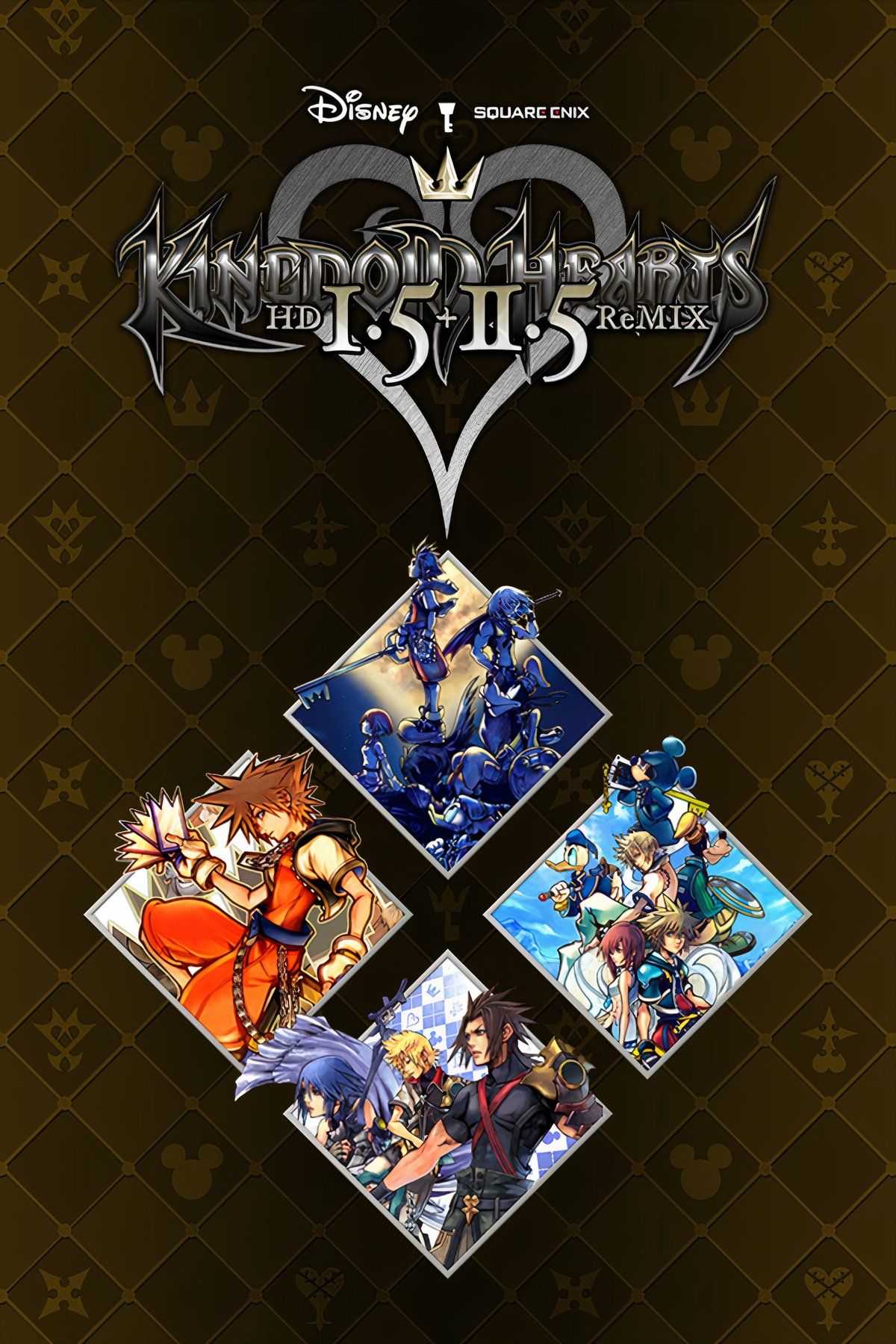While many likely became familiar with the game through its remake which has made it onto remaster collections in recent years, Kingdom Hearts: Chain of Memories was originally released as a bold departure from the first game in the series. Launching on the GBA in 2004, this narrative bridge leading into KH2 featured a completely overhauled approach to combat restricted to a 2D plane. Although it was later updated to be much more in line with the presentation of the rest of the franchise, Kingdom Hearts: Chain of Memories retained a charm that was never properly replicated.
It’s undeniable that the modernized cinematics of Kingdom Hearts Re:Chain of Memories have elevated the story of Castle Oblivion by bringing it more in line with subsequent releases. When it comes to the controversial card system, which makes every attack into a numbered card to be played from a deck, however, it’s not necessarily clear whether the PS2 update was beneficial in the end.

Related
Kingdom Hearts Missing-Link Could Carry Even More Weight on its Shoulders After the Delay
With Kingdom Hearts Missing-Link confirmed to no longer be arriving in 2024, this most recent delay calls its place within the series into question.
Accessibility Stands as Kingdom Hearts Re:Chain of Memories’ Main Draw Over the Original
Updated Cutscenes and Consistent Rerelease Have Kept the Story of CoM Alive
With how important the likes of Namine and Organization 13 became in KH2, it makes sense that Square Enix chose to revisit the lesser-known sequel with an enhanced presentation. Major developments in Sora’s arc in Kingdom Hearts were relegated to text boxes and limited sprite animation for years during the 2000s, and matching these moments to the same fidelity of the other PS2 entries helped to bring a novel take on combat to a wider audience as well.
This transition came with a broader integration on the gameplay end, as levels were reworked to account for greater 3D maneuverability, and the Reaction command mechanic from Kingdom Hearts 2 was added in. Between tweaks like several enemy buffs along with item drops being more limited, the remake can often amount to a more frustrating endeavor through the ways it clashes with its eccentric gimmick.
Kingdom Hearts: Chain of Memories Was Ultimately Built Around the Handheld Experience
Leaning into an Unparalleled Experimental Combat System
The fast-paced, deck-driven card battling of CoM managed to capitalize on the GBA’s hardware in an efficient show of streamlined design. By constraining combat to smaller arenas on a 2D plane, the composition of the player’s deck is allowed to be the primary crux of their strategy practically indefinitely. There are bosses like the later versions of Riku, who can require an investment into defensive tactics, but this title’s emphasis on clever card ordering and Sleights can outweigh that of its remake.
The proper building of decks is still vital to Kingdom Hearts Re:Chain of Memories‘ premise, but the openness of its levels can make for meandering exploration outside the arenas of combat encounters. In terms of a title that mainly differentiates itself from the rest of the series through mechanics that have never been fully imitated since then, its best interest lies in spending as much time in battle as possible. When the same narrative can be seen in this format as well, the appeal of the HD remake can wane by comparison if the player already knows of its events.
Justifying the Repeated Elements of KH1
One of the sticking points that has been a mainstay criticism of Re:CoM simply doesn’t hold up the same in the context of the GBA version, and that’s the fact that all the same Kingdom Hearts Disney worlds are reused from the first game. These are notably unimpressive when viewed in the same exact art style as the PS2 titles, but they were all completely original pixel art takes on these icons when CoM first launched. In the face of being undermined due to featuring a seemingly inferior recreation of much of Sora’s initial adventure, the edition of Chain of Memories that was first released is actually an innovative reimagining.













Leave a Reply